Fine scented candles or elegant room spray with your favorite fragrance from your favorite niche perfume
The longing is real: Your favorite scent shouldn't end on your skin, but envelop the room—as the warm flicker of a candle or a fine mist that structures the air. And now, without further ado: Pouring a candle with regular perfume is risky and olfactorily unreliable; a room spray with your perfume works instantly, cleanly, and—when used correctly—elegantly. This is precisely where the olfactory expansion of your home begins: You curate the atmosphere instead of leaving it to chance, allowing an artistic fragrance composition to resonate without damaging it.

The olfactory extension: When the sophisticated niche fragrance conquers the room
Anyone who has ever experienced that intimate harmony—a chord that reflects their own mood like an echo—wants that sound to linger beyond their pulse and collar. Amber with the depth of muscone , a crystal-bright citrus breeze, a delicate veil of musk: all of these can become invisible décor, the signature detail of a room that doesn't shout, but speaks. The idea is both luxurious and simple: to make your own luxurious niche perfume tangible as a room accent—not as a mass-produced product, but as a personal statement of style, craftsmanship, and heritage.
The chemistry and art of perfume transformation
Perfume is not a pure essential oil. It is a finely balanced solution of fragrances, solvents, stabilizers, and fixatives—composed for the skin, not wax or wallpaper. Essential oils are inherently complex, yet they usually exist as undiluted, apolar mixtures; perfume, on the other hand, is already "staged": concentration, evaporation curve, sillage, and longevity are optimized for skin temperature and air movement. This staging conflicts with the thermodynamics of a candle. Heat shifts equilibria, accelerates decomposition thresholds, lifts volatile top notes too quickly, and allows heavier molecules to dominate. In a spray, volatility is desired and controlled; in wax, it introduces fractures in the artistic fragrance composition .

The curse and blessing of alcohol – and the question of niche fragrance meaning in the room
Perfume consists of approximately 80 to 90 percent ethanol—a blessing and a curse at the same time. A blessing because alcohol dissolves fragrance molecules excellently, evaporates quickly, and carries the fragrance transparently. A curse because ethanol evaporates rapidly in hot wax, forming flammable vapors and overtaxing the wick; it burns hotter, produces soot more quickly, and the fragrance is off. Therefore, it applies without further ado: Ready-made skin perfumes do not belong in candles. Those who do create candles work with specially declared candle aromas, test IFRA-compliant concentrations, and meticulously match the wick, wax, and fragrance. For sprays, however, alcohol is ideal. It carries the fragrances into the room, evaporates cleanly, and—when used correctly—leaves no visible traces.
If you're choosing a luxurious niche perfume with a sense of spatial impact in mind, look for robust bases: resins like labdanum or benzoin, amber accords, and soft musk structures. Such anchors provide depth and stability, while delicate citrus notes serve as an opening applause. This translation reveals what a niche fragrance means in everyday life: strong character, artful, and independent—as a poetic expression of the skin and as a discreet spatial gesture.
The architecture of fragrance molecules: How artistic fragrance compositions survive in candles
Molecules dictate the architecture of a fragrance. Some are light, fluttering like silk, while others have weight and linger. For a candle, stability and hot throw —the distribution of fragrance during burning—are just as important as cold throw before the first light. Heavier, more heat-stable structures such as Iso E Super or Ambroxan (modern derivatives such as Orcanox® ) unfold in a more controlled manner under heat. Iso E Super has a woody-velvety, three-dimensional, almost floating effect, and blends quietly but presently into the room. Ambroxan brings luminous amber freshness and dry warmth that absorbs the heat of the flame more calmly. Such molecules survive temperature peaks better than fragile, prematurely evaporating citrus esters. The result is a rounder cold throw and a reliable hot throw —provided the wax, wick, and dosage are precisely selected.
Perfumer Expertise (EEAT): From the skin to the room – and back
Composition is a matter of craftsmanship and intuition. Perfumers like Geza Schön demonstrate with molecular-focused concepts how individual building blocks—such as Iso E Super —can develop spatial presence without becoming loud; Escentric Molecules' MOLECULE 01, for example, is a well-known study of this effect. Masters like Dominique Ropion stand for a highly precise balance of radiance and structure—a philosophy that can be elegantly continued in room fragrances. In the curation at scent amor—for example, by Georg R. Wuchsa—these ways of thinking flow into recommendations that understand modern unisex niche fragrances not just as a skin signature, but as quiet spatial architecture.
Fragrance pairing: The olfactory staging of the room
A home has zones, rhythms, and natural light. Fragrances can trace these lines. In the library or study, a woody, slightly smoky profile with vetiver and sandalwood grounds. A sophisticated niche fragrance with dry leather and fine smoke adds depth without being heavy; Iso E Super lends airiness, which supports concentration. In the bedroom, softness works: iris with a powdery coolness, creamy vanilla, and delicate musk. A touch of Nympheal™ can create a modern, milky-white floral calm that feels like fresh sheets. In the living room or salon, the stage is set: complex, warm compositions of amber, balsams, and spices frame conversations, music, and wine. Here, a luxurious niche perfume can tell its story—not as a cloud, but as a delicate backdrop that connects wood, fabrics, and light.
Psychology of room fragrances: colors, light and mood

Colors speak the same language as scents. Blue cools, calms, and expands; green clarifies and focuses; ochre and terracotta ground and warm. A room in off-white with wood and linen carries delicate musk and iris accords because the brightness and texture support transparency. Deep petrol complements incense and dry woods; the shadows absorb the smoke and soften it. This synesthetic interplay—the psychology of room scents —works when scent doesn't dominate, but rather echoes the room's color scheme. This creates harmony instead of a cloud of perfume.
The fine room spray: precise, clean, niche fragrance-clear
For rooms, a separate atomizer with a purely alcoholic base is the perfect solution. Pour your perfume into a high-quality spray bottle that creates an extremely fine mist. Two or three clouds into the air, never directly onto wood, leather, or silk, briefly air it out, and you're done. If you want to adjust the presence, dilute slightly with neutral ethanol and shake gently. Water is not necessary; without a suitable solubilizer, the mixture separates, can become cloudy, and leave surfaces stained. This way, the artistic fragrance composition remains crystal-clear yet understated.
And if you need guidance without risking a full bottle: niche perfume samples are an elegant shortcut to testing how a fragrance behaves in your individual room climate – on your skin and in the air.
The craftsmanship of scented candle perfection

Let's be honest up front: Skin fragrances don't belong in candles. If you're serious about developing candles, work with waxes and fragrances expressly designed for them, and accept the learning curve. The wick is the heart of the flame. A wooden wick crackles and has a wide flame front; it can burn perfume components too quickly if it's too thick. A cotton wick burns more smoothly, but if it's too thin, it tunnels the candle, the surface remains hollow, and the hot throw suffers. The wick must be precisely centered, matched to the glass diameter and fragrance content; millimeters determine soot, flame height, and fragrance release.
The wax is the soul. Soy and rapeseed have a more neutral scent, paraffin often carries fragrance far and wide, and hybrid blends combine advantages. Each matrix binds molecules differently; dosages that work in one wax will be ineffective in the next. After pouring, the quiet part of the process begins: curing . Candles rest for three to seven days—sometimes longer—to allow the scent and wax to blend. Crystalline structures stabilize, the distribution of molecules becomes more homogeneous, the cold throw gains depth, and the hot throw becomes more even. This maturation process is not romantic, but craftsmanship.
Vessels frame the composition. Thick-walled glass, glazed stoneware, and fireproof porcelain: they retain heat, dampen temperature fluctuations, and look good. Vintage bottles are poetic—they're wonderful as containers for room sprays. They're usually unsuitable for candles: too thin, too closed, and not heat-resistant. In a hand-blown, heat-resistant glass, a candle unfolds its aura with dignity; the old bottle can stand beside it, highlighting the spray—a dialogue between history and the present.
Safety reality instead of DIY romanticism
Open flames demand respect. Freshly sprayed clouds of fragrance should not be near candles. Candles should be placed on heat-resistant surfaces, away from drafts, curtains, and children's hands. Wicks should be trimmed before each lighting, spilled wax should be removed, and containers with hairline cracks should be discarded. Those who use candle fragrances should check IFRA guidelines, use conservative dosages, and document their tests. Those who use perfume in a spray form should spray into the air—not onto painted surfaces—and store in a cool, dark place. This isn't petty, but rather the silent grammar of beauty.
Practice that lasts: Curating instead of compromises
The most elegant solution remains the spray: minimal, precise, and reversible. A high-quality atomizer, a controlled distance, a quick air change—and your room will wear the sophisticated niche fragrance like a well-cut jacket. For candles, the rule is: Choose products designed as candles, or develop them professionally using raw materials specifically designed for this purpose. Anything else is a lottery at the expense of the fragrance.
The conclusion: Fine room fragrance as an attitude

A home that smells like you isn't created by the loudest cloud, but by the cleverest staging. Choose compositions that speak to the space; pay attention to material, light, and color; respect the chemistry. Then your niche fragrance will become a fluid signature—recognizable every day, yet never identical. At scent amor, we curate modern unisex niche fragrances whose quality, provenance, and craftsmanship are tangible. If you wish, we can guide you in selecting a fragrance that shimmers on your skin and gently sings through the room—from the first spray to the last evening light.
Copyright by scent amor © 2025 (grw)
More articles in the scent news blog:

An Invisible Path to the Soul: Fragrances for Inner Balance
Niche perfume can steady your inner balance with bright citrus, focused woods, and skin-close musk. Learn why the limbic system reacts so fast to scent. Simple rituals and mindful layering turn fra...
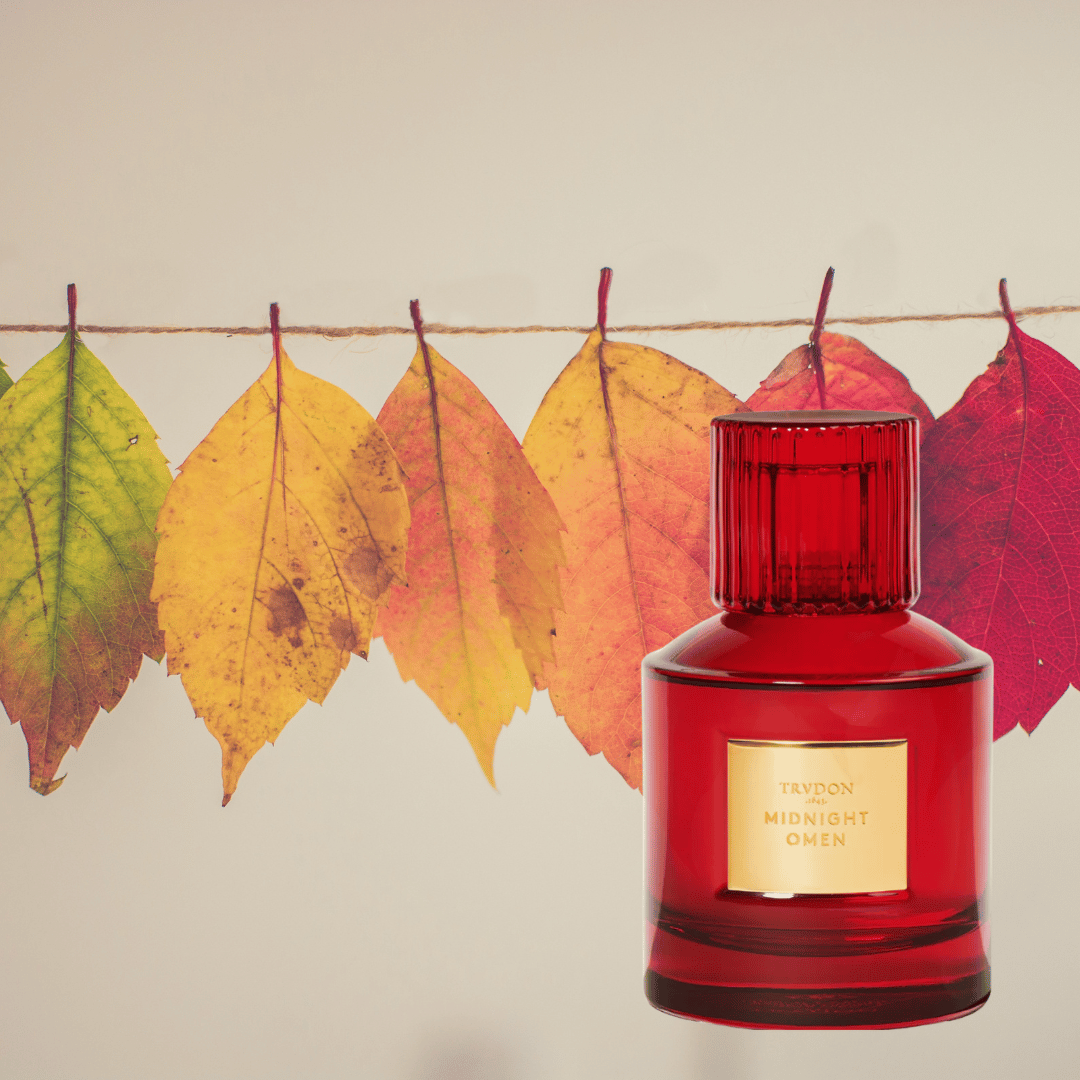
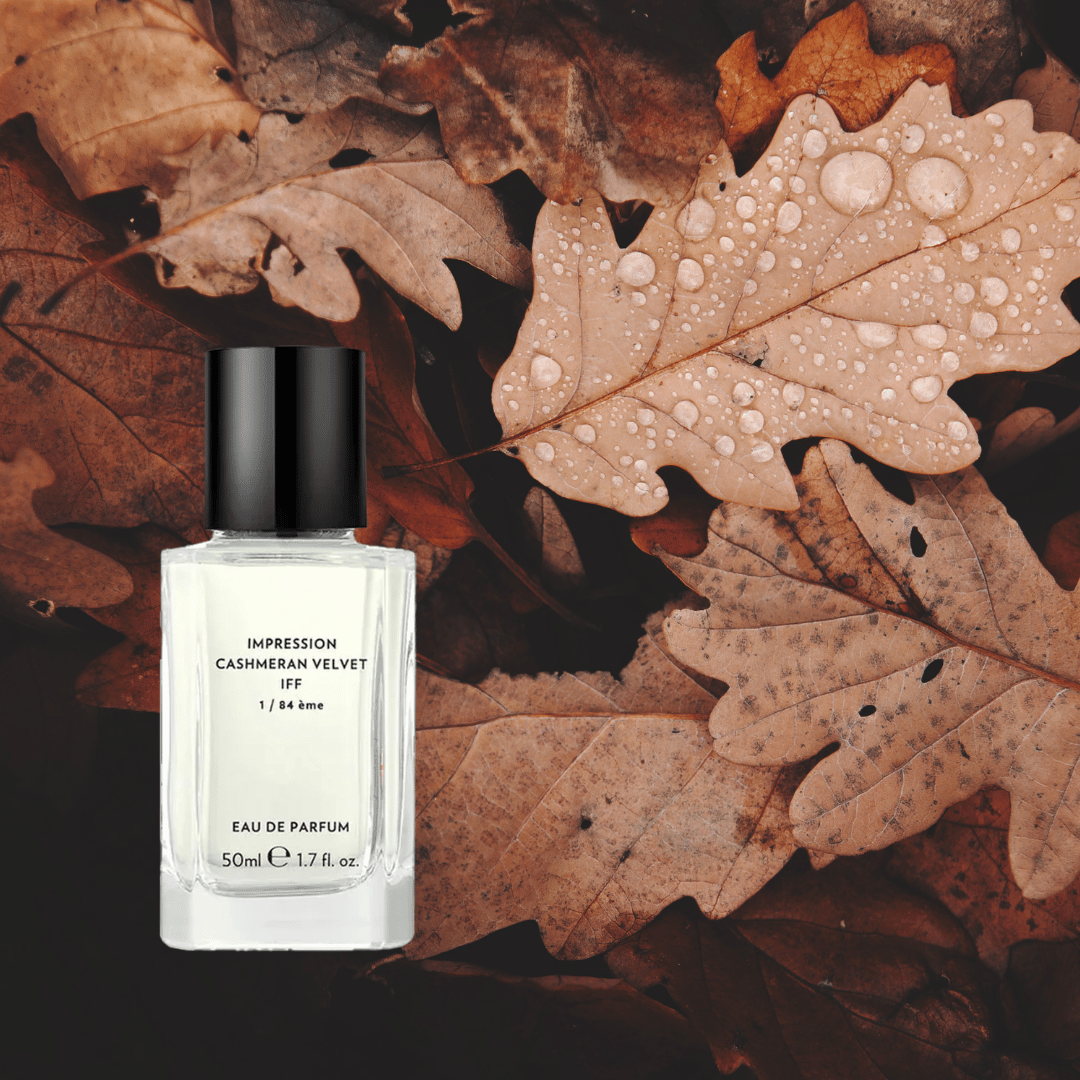


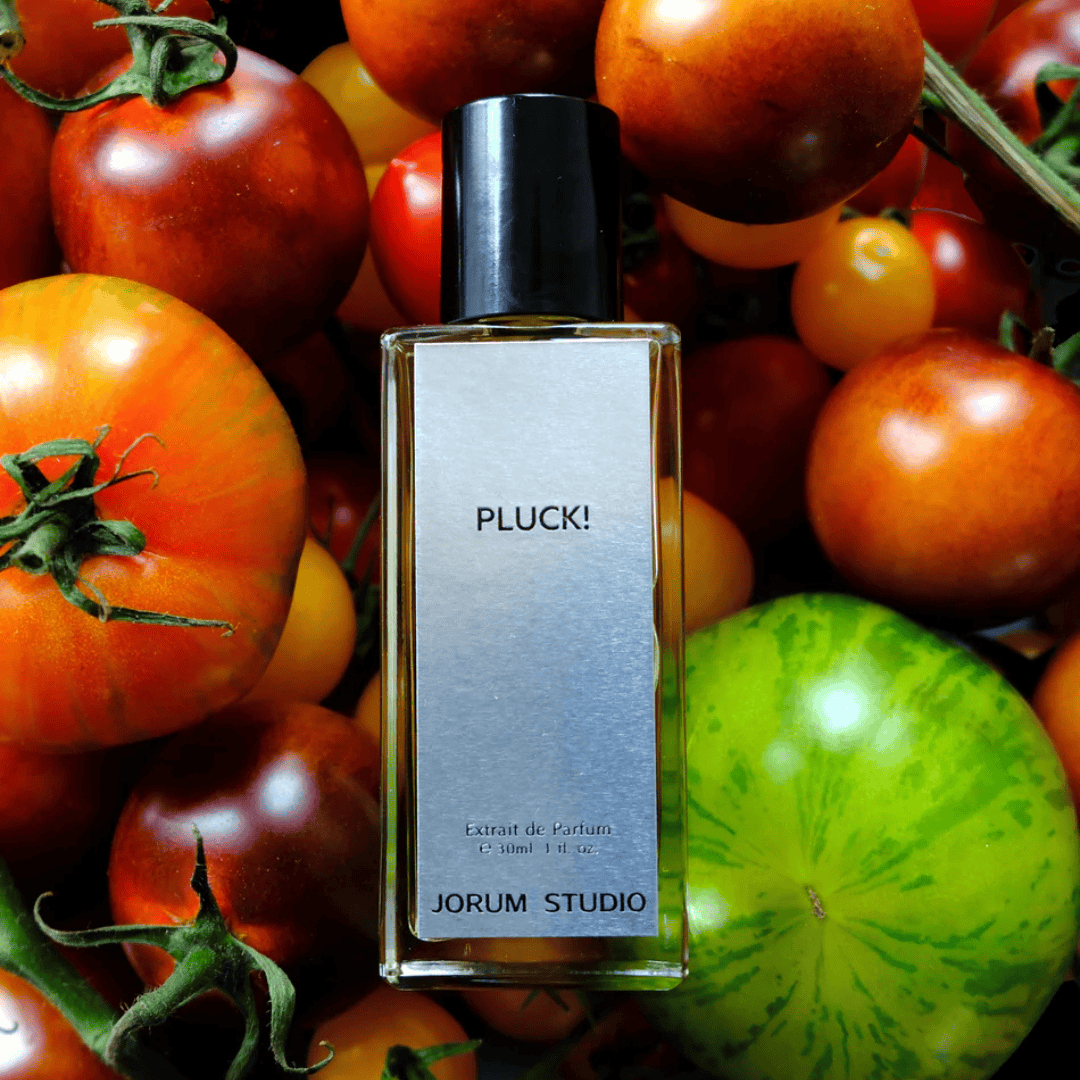
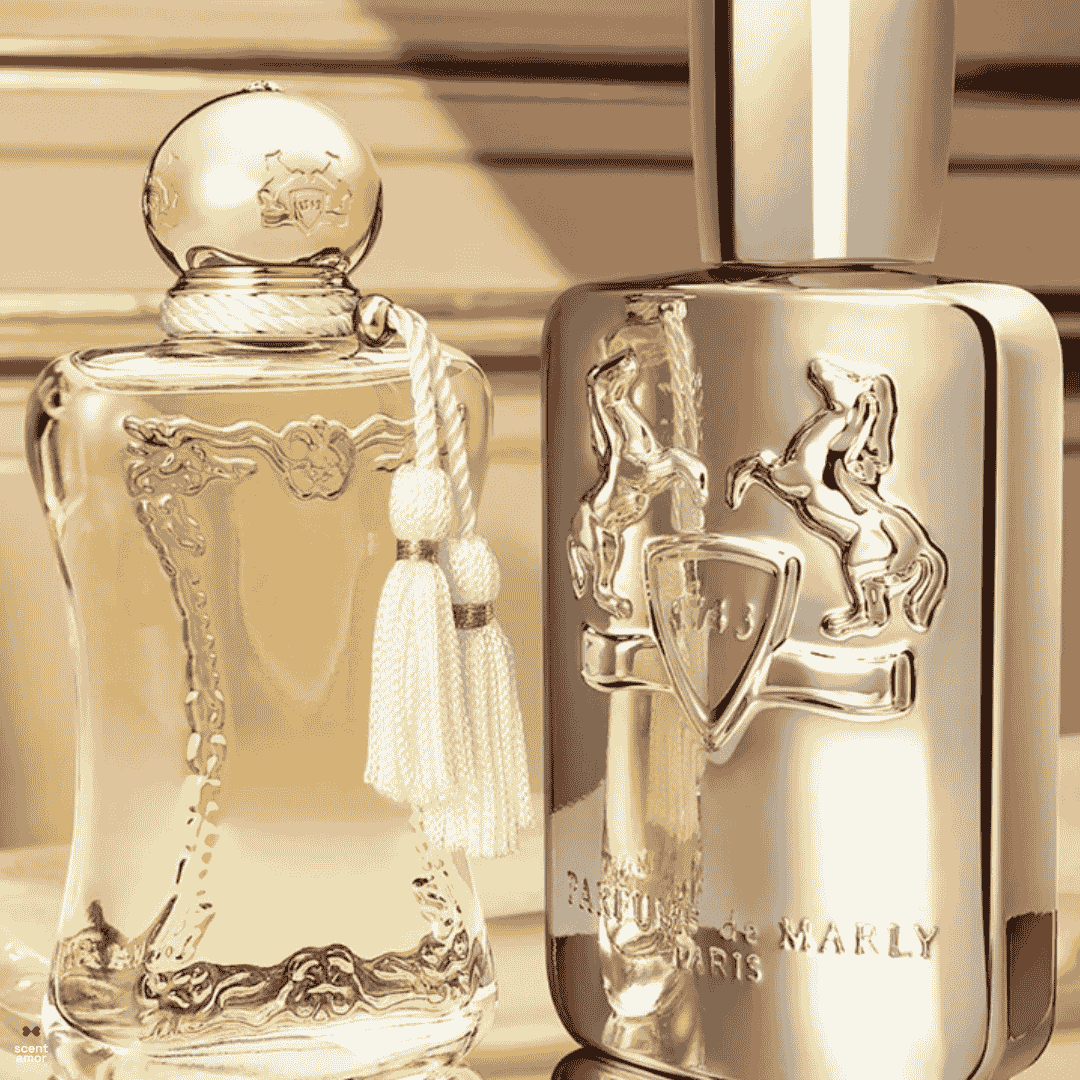

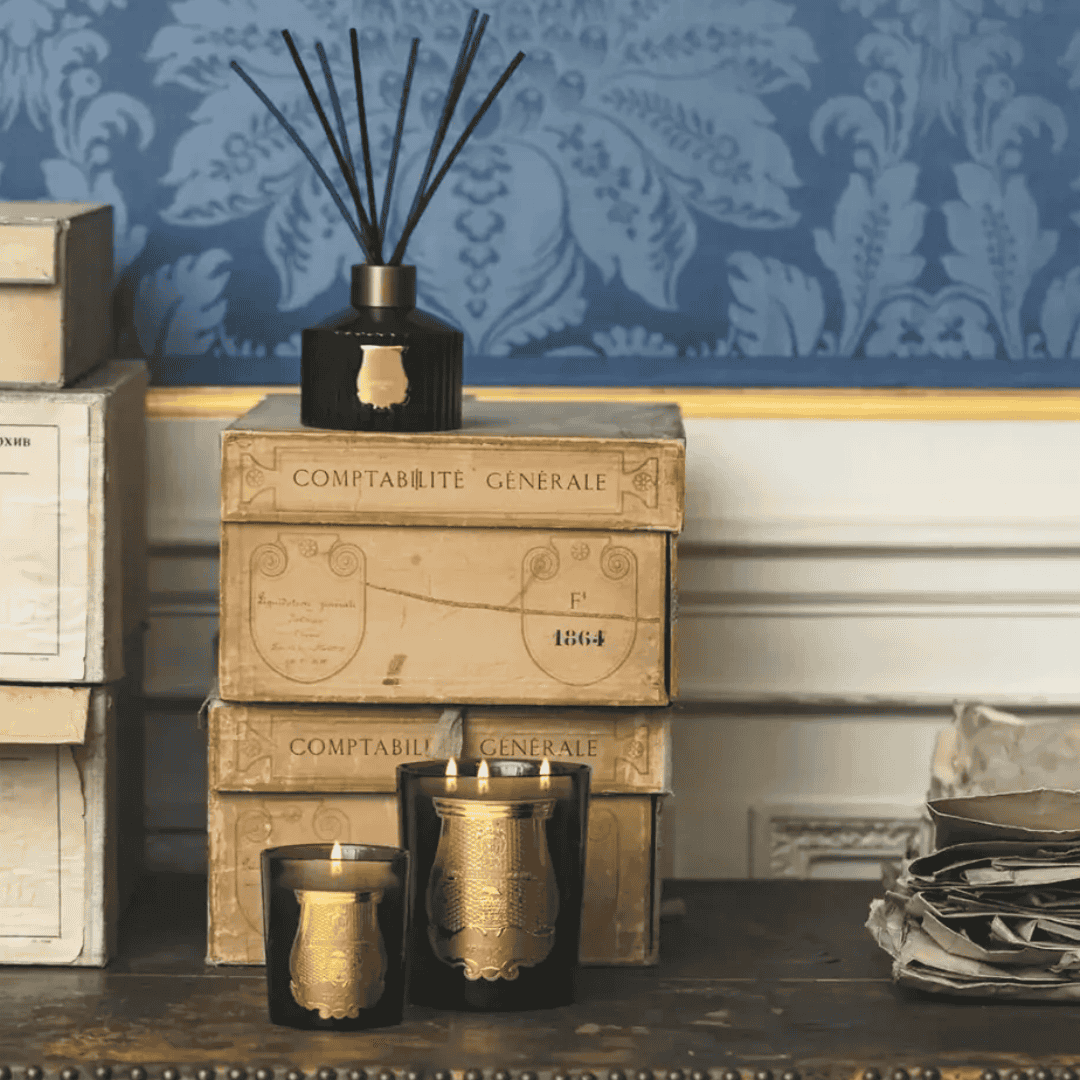

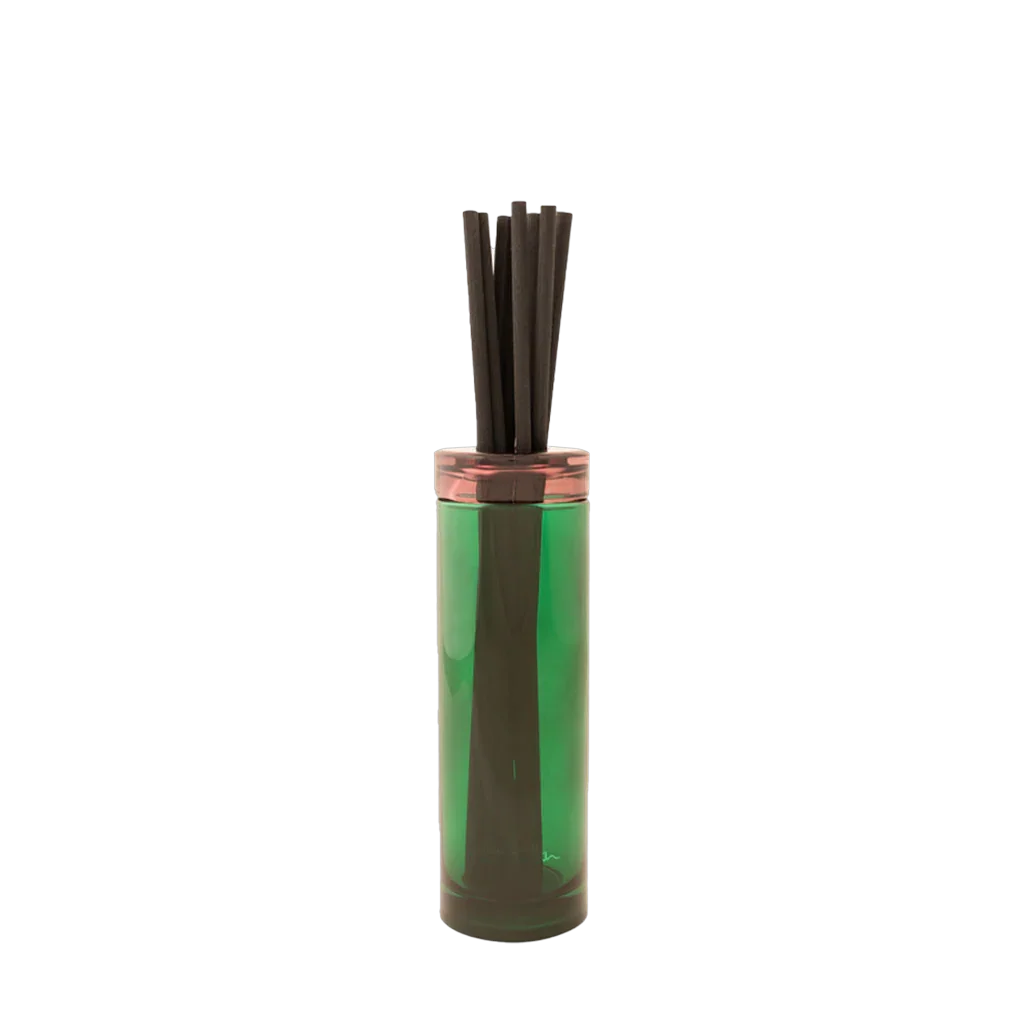

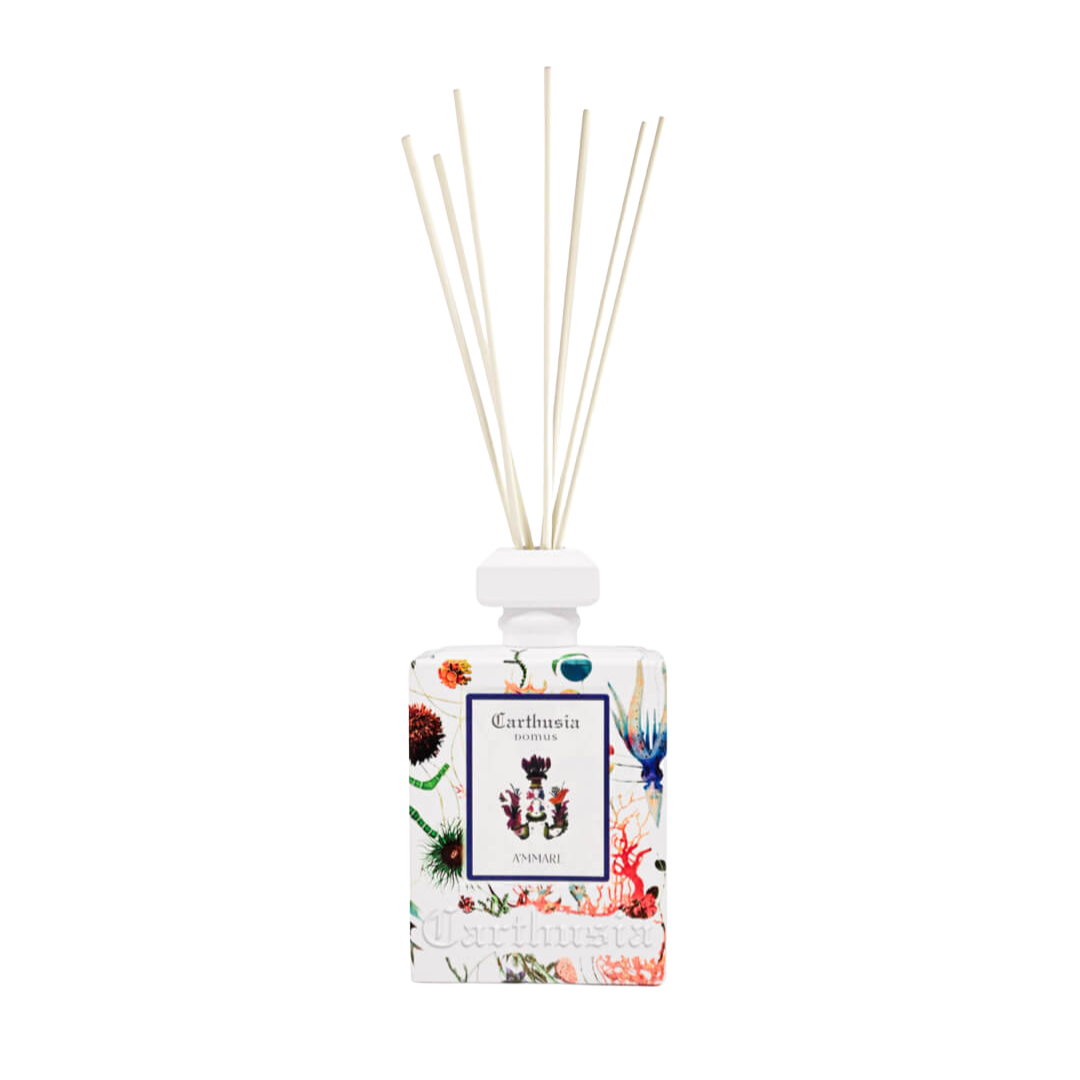
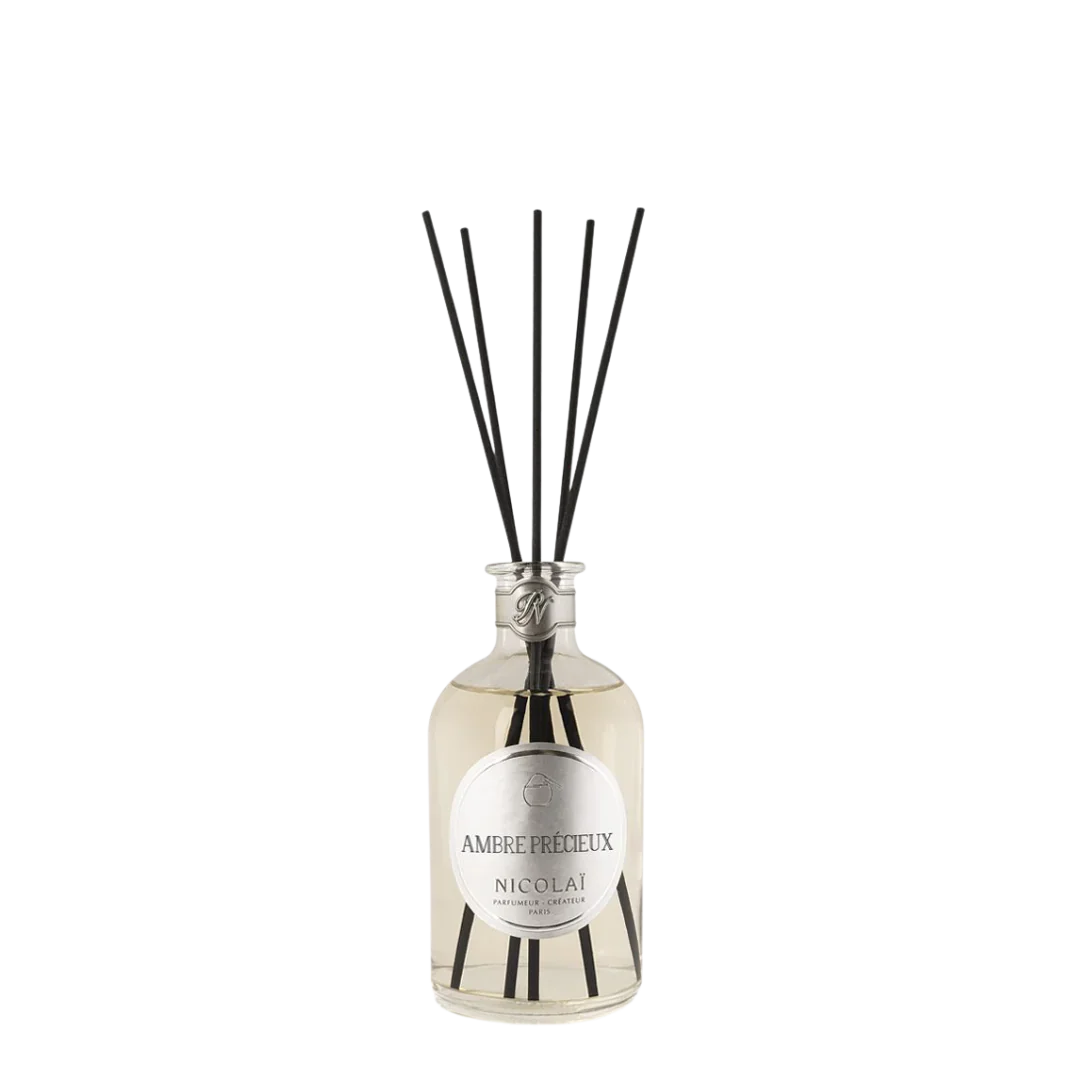

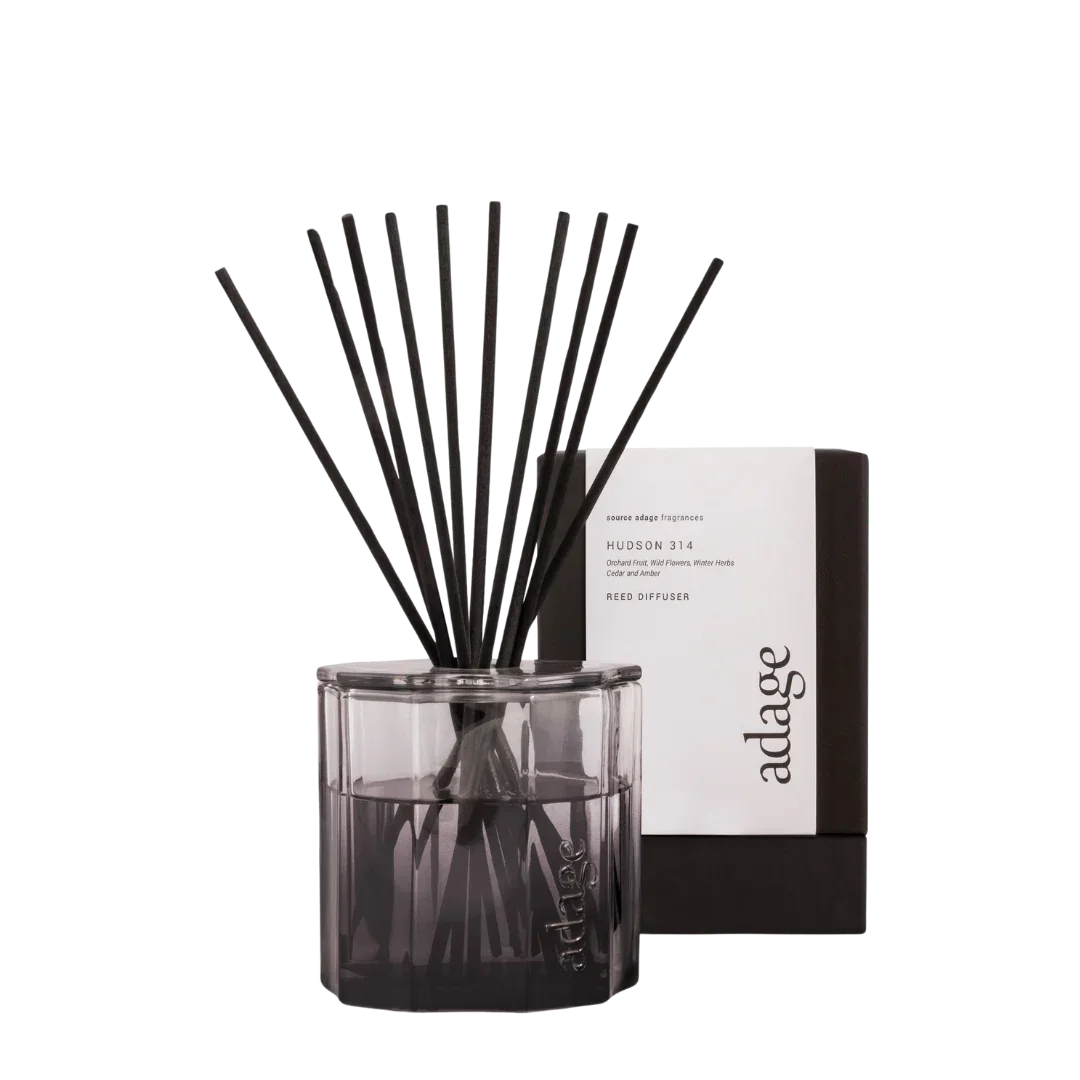
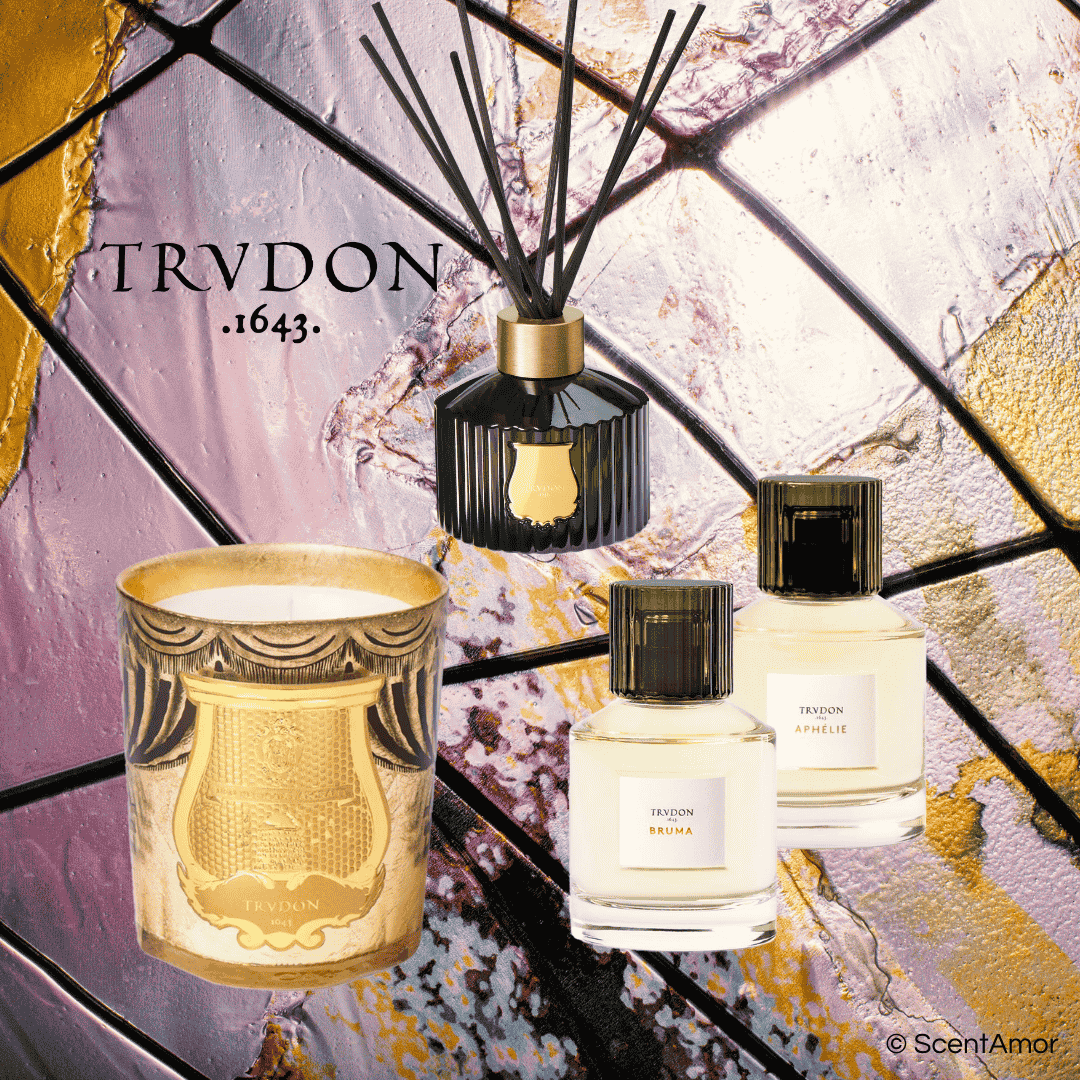
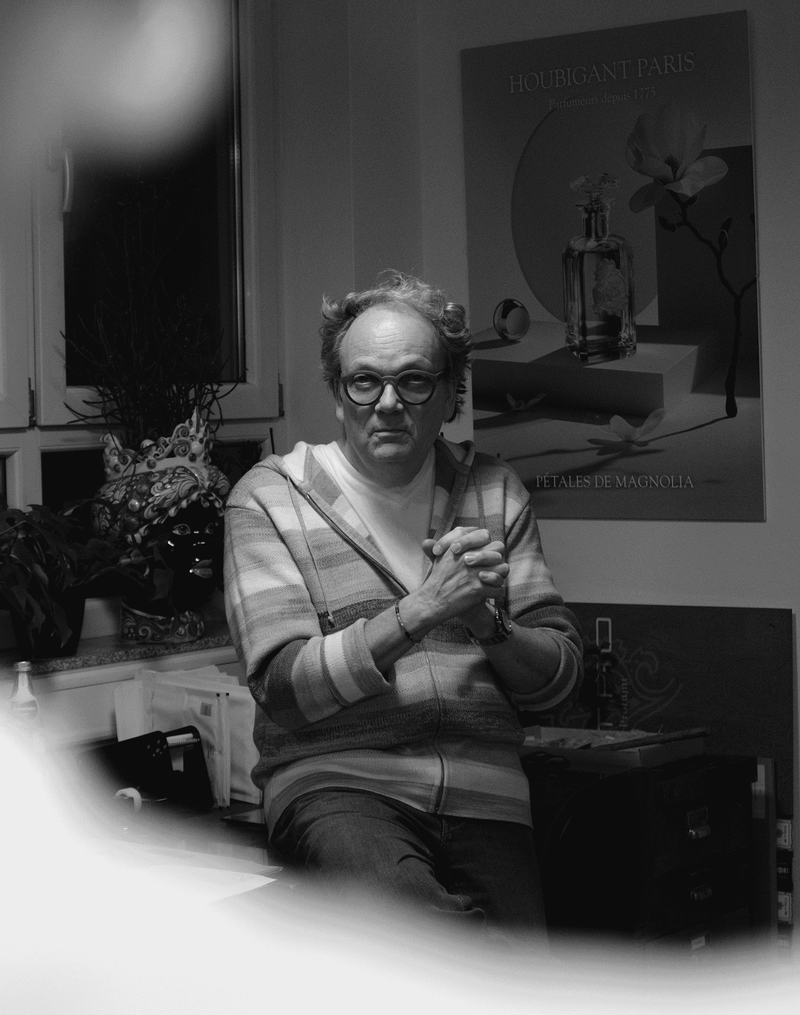

Leave a comment
All comments are moderated before being published.